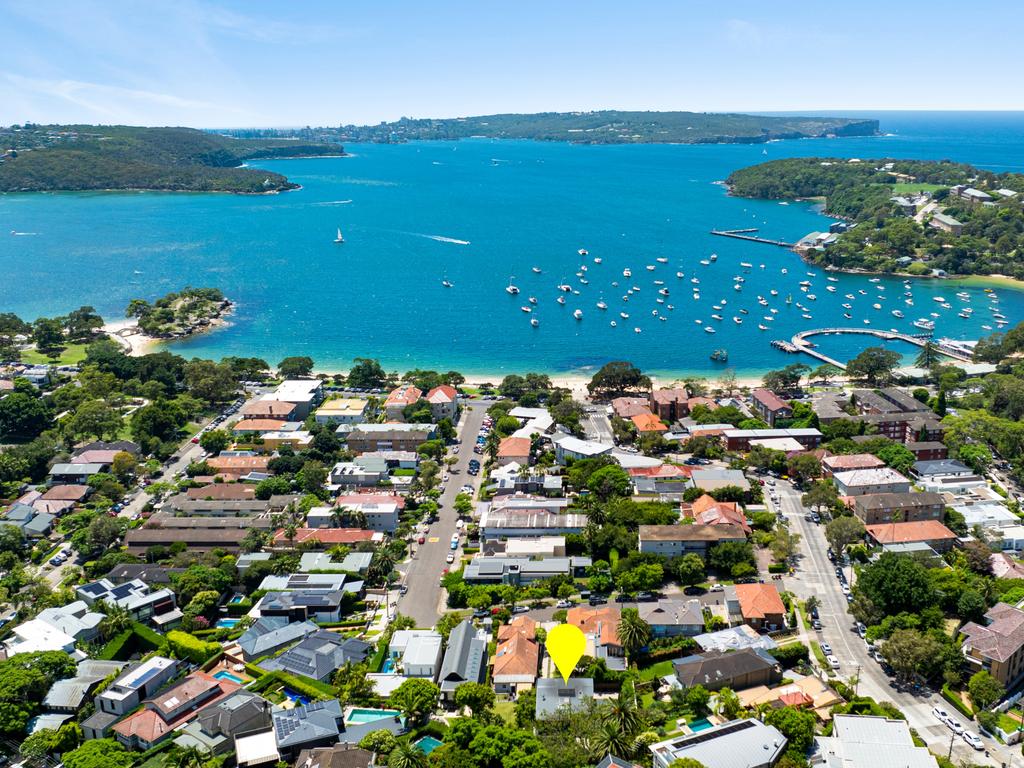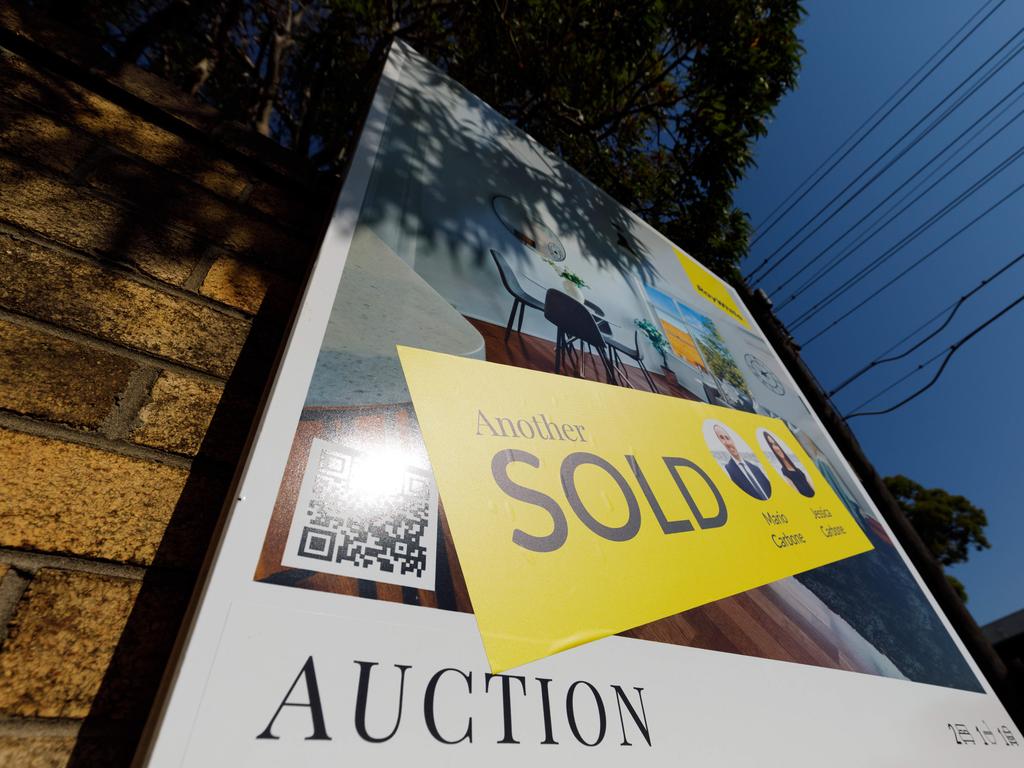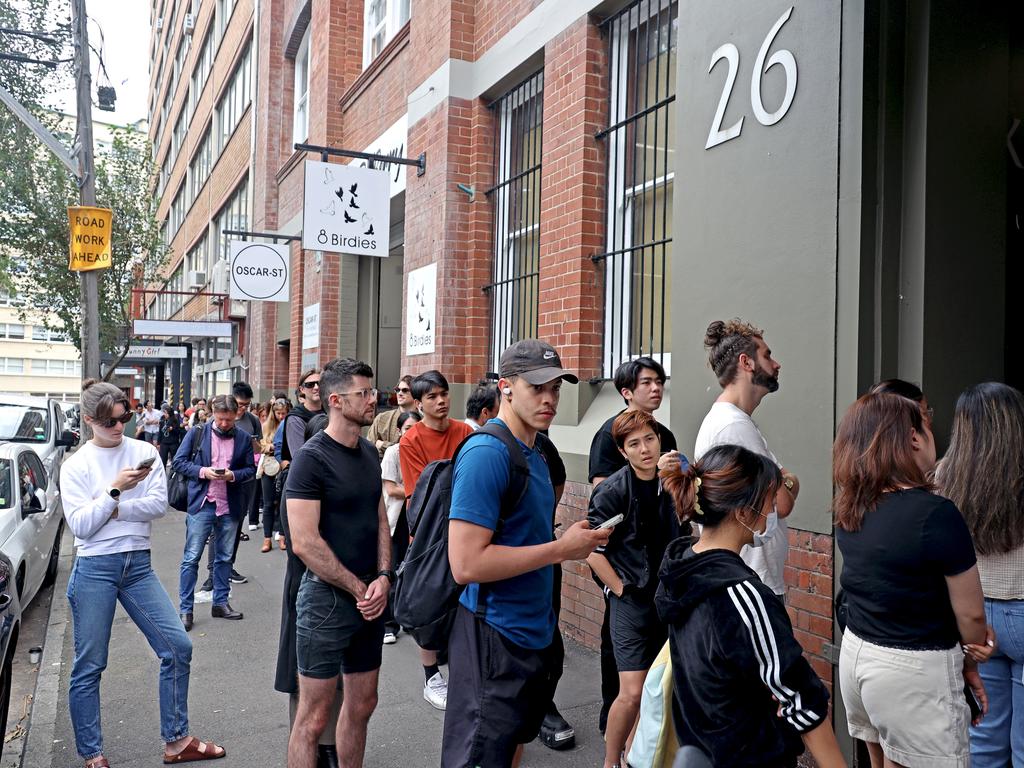House prices in major cities tipped to rise by six per cent in 2024 after strong growth in January
While most home-owning Aussies wouldn’t have felt it, they actually made on average $3000 in January alone.
Australia’s property market remains on a trajectory of growth, fuelled by strong annual gains in housing loans.
While most homeowners wouldn’t have felt it, they actually made on average $3000 in January alone.
Despite a slight dip in December, robust lending activity has kept the market solid, with first home buyers and investors playing a significant role in driving demand.
According to ANZ, Australia’s capital cities are expected to see housing prices rise by about 6 per cent through 2024, with the most significant increases in Brisbane, Adelaide, and Perth.
The forecast is supported by data from the Bureau of Statistics.
“While the value of investor and owner-occupier loans fell in the month of December, through the year growth was 20.4 per cent for investor loans and 7.4 per cent for owner-occupier loans,” ABS head of finance statistics Mish Tan said via the ABC.
But the property market is facing a supply issue that is likely to exacerbate the situation in the coming months.


Low rental vacancy rates and weak building approvals throughout 2023 indicate an undersupply that will push up prices for both renters and prospective buyers.
The hardest hit will continue to be prospective renters in the inner cities, particularly in Sydney and Melbourne, where apartment buildings are often seen with lines of dozens of young people out the front hoping to snag a lease.
Rental prices continue to soar, with thousands revealing astronomical increases imposed on them following Australia’s emergence from the pandemic, a period which sent rents tumbling as landlords scrambled to fill their properties in lockdown.
Melbourne residents have also reported unliveable conditions with accepted tenancies rarer than hen’s teeth.
Despite the challenges, first home buyers have been particularly active, supported largely by financial help from parents. With the cost of living soaring under the weight rampant inflation of the past two years, young Australians on the average wage have found it nearly impossible to save for a deposit, especially if they aim to buy near their workplace in the inner city suburbs.
Generational lending is helping to sustain demand among first homebuyers, even as the number of loans experienced a decline in December.
However, some economists believe there are positive signs in the economy, with wage growth, subsiding inflation, and low unemployment, offering some respite in an otherwise debilitating environment for young savers.
The coming year will likely see continued price increases, particularly in capital cities, as the market adjusts to the ongoing pressures.




